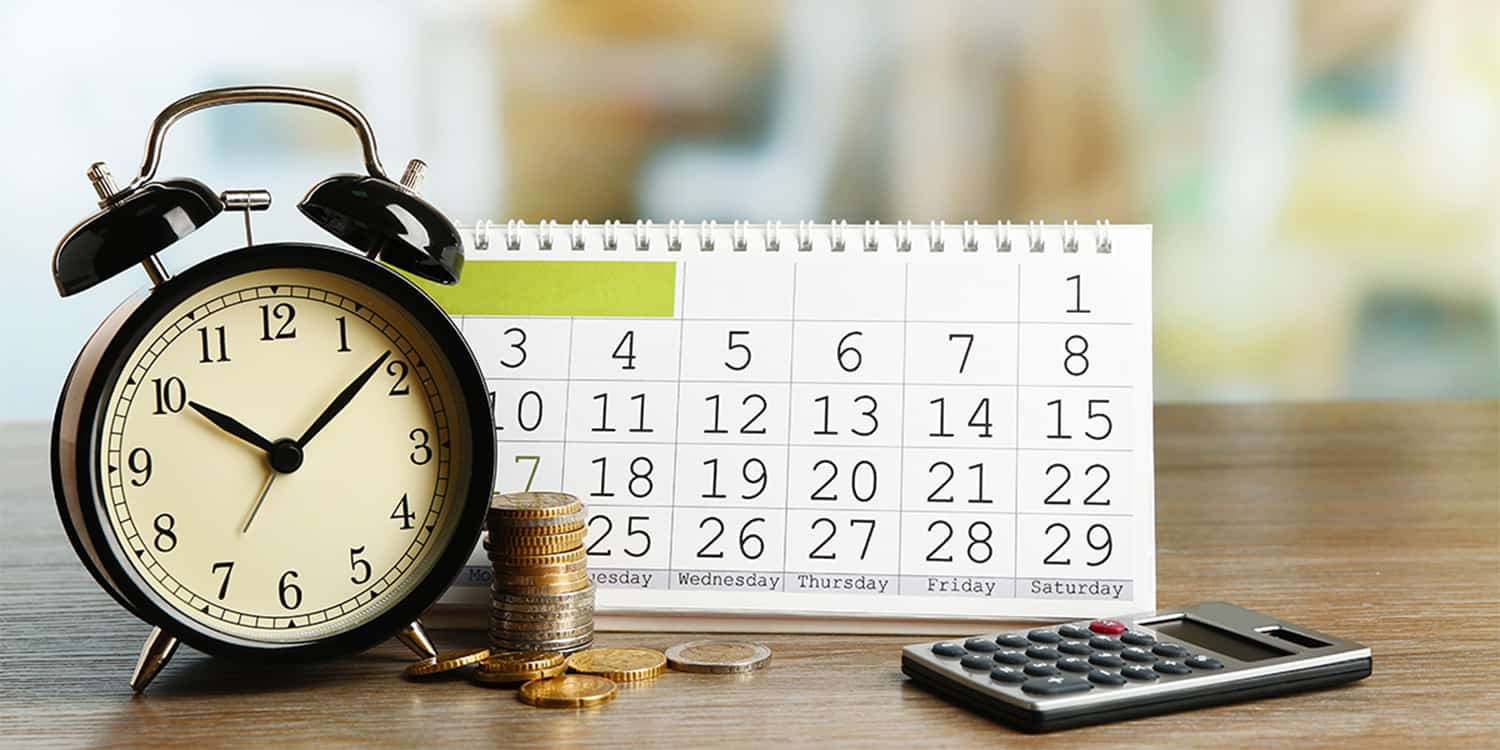HMRC’s Time to Pay scheme is a self-serve facility designed for Self Assessment customers who are struggling to pay their tax bills on time. If you ever find yourself in this position, you can contact HMRC via a dedicated portal to set up a payment plan, spreading the cost of your tax bill into manageable monthly instalments.
According to HMRC, nearly 44,800 people opted to set up a payment plan to settle their 2022/23 tax year bills. In doing so, those customers were able to spread the cost of almost £148 million worth of tax payments across several months.
Fortunately for the many sole traders and limited company members who are concerned about their upcoming tax bills in January each year, HMRC’s self-serve Time to Pay portal is a straightforward and user-friendly facility with a fairly inclusive set of eligibility requirements.
Who can use HMRC’s Time to Pay facility?
HMRC’s self-serve Time to Pay facility is available for a wide range of individuals. To set yourself up on the portal, you need to be an existing Self Assessment customer.
But in addition, you must also:
- Have filed your most recent tax return
- Owe less than £30,000
- Be able to pay in full within 12 months
If you’re a Self Assessment customer who owes more than £30,000 in tax, you might still be eligible to use Time to Pay. However, you won’t be able to create a bespoke repayment plan online.
Instead, you’ll need to call the Self Assessment Payment Helpline on 0300 200 3822. You can also phone the team to discuss your options if you owe less than £30,000, but aren’t expecting to be able to repay that amount within 12 months.
How does Time to Pay work?
To use HMRC’s Time to Pay scheme, you’ll need to start by logging into your Self Assessment account using the Government Gateway.
From there, you’ll be able to navigate to HMRC’s Time to Pay self-serve portal. When you set up a new arrangement, you’ll need:
- The relevant reference number for the tax you can’t pay (this is normally going to be your Unique Tax Reference number)
- Your VAT registration number, if you’re a business
- Your bank account details
- Details of any previous payments you’ve missed
After inputting all of this information, HMRC will ask you for some additional details on your desired arrangement.
This includes:
- How much you can repay each month
- Whether you can pay in full
- Whether there are other taxes you need to pay
- Your annual or monthly income
- Your regular expenses (like utility bills, rent payments, and credit card repayments)
- Information about any existing savings or investments you may have
The reason HMRC asks you about your savings or investments is that they expect you to use those assets to reduce your tax bill by as much as possible before striking a repayment deal.
If you’ve already received independent debt advice from somewhere like Citizens Advice, you may have received a ‘Standard Financial Statement’. HMRC will accept this statement as evidence of what you earn and spend each month.
Repayment plan
You’ll then get offered a repayment plan which you can pay on a monthly basis. There’s no time limit on how long a Time to Pay arrangement can last. Your plan will be unique and will depend on how much money you owe and what you can realistically afford to pay HMRC every month.
If you miss a payment back to HMRC, you’ll be contacted to find out why you missed that payment.
Wherever possible, HMRC will restore your payment arrangement or renegotiate your Time to Pay plan. It’s also possible to include a new tax bill in your existing Time to Pay arrangement if you’re unable to pay another tax bill.
But if HMRC can’t agree on a new payment plan with you, you might be asked to pay the amount you owe in full. That amount can be collected directly from your bank account without your consent if you refuse to pay, so it’s important you stay on top of your payments.
To avoid disruption to your Time to Pay plan, you should get in touch with HMRC if you think anything will change or affect your repayment plan. Based on those changes, it’s possible to make your arrangement shorter or longer to ensure it’s manageable.
HMRC might even proactively get in touch with you to discuss amending your plan if they find out something has changed in your circumstances.
The bottom line
The deadline for Self Assessment customers to submit their tax returns for the 2023/24 tax year is 31 January 2025. More important still, you’ve got to be aware that this is also the deadline by which you must pay HMRC any tax owed.
If you file your tax return and think you’ll be unable to repay your bill in time, it’s important for you to get in touch with HMRC or log into the Time to Pay portal as soon as possible. This will ensure you’re able to negotiate a realistic way to repay your tax bill in a controlled and manageable way — and the process is incredibly simple.
When in doubt, it’s also worth contacting a professional accountant for impartial advice on how to approach your tax return and manage your payments.
Want to learn more about your tax filing obligations and Self Assessment payments?
Check out the 1st Formations Blog to find out more about how to register for Self Assessment, common Self Assessment mistakes, and more.












